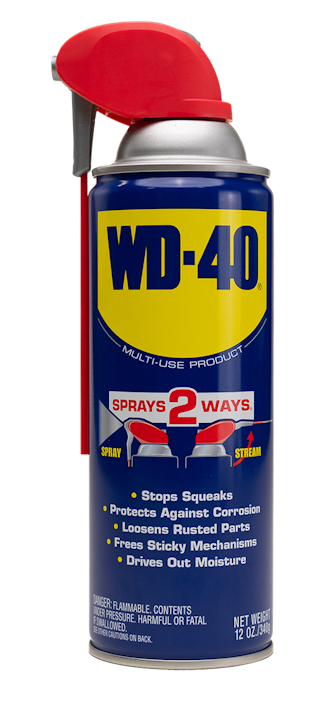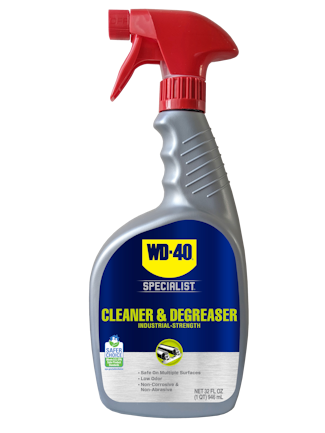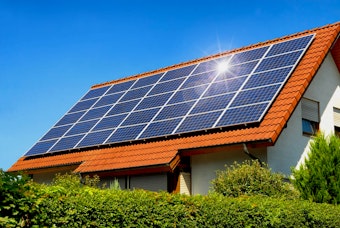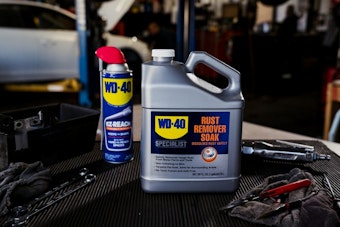How to Care for Your Fireplace
How to Care for Your Fireplace
<< BackTending the fire during the winter months, especially during family gatherings and around the holidays, brings more warmth than just the heat of the flames…but what about tending to the fireplace itself? Aside from clearing out the ash every so often, many feel the cold of neglect season after season. As a source of coziness and cheer, do your fireplace a solid and give some extra care at least once a year.
Why bother?
More than just tidying up the soot & coals, by properly caring your fireplace you can ensure its safety and efficiency. You can also use the opportunity to check for wear or damage to the structure of the chimney and stop potential problems before they cause any trouble. Inspecting the chimney during the process can help determine if you’ll need to hire a chimney sweep or professional heating & cooling company to clear away dangerous levels of flammable creosote, debris, or other built-up material.
True Grit
When it’s time to get down to business, The Home Depot has a great article on how to deep-clean your fireplace and get rid of the grit & grime. The article covers gas, electric, and wood-burning fireplaces. Some of the suggestions for the latter include:
- Have a deep-cleaning solution ready for use (such as WD-40 Specialist®Cleaner & Degreaser)
- Remove burnt wood and clear away the andirons & fireplace grate
- Sweep up the bulk of the ash with a broom then use a shop vac for the remainder
- Scrub inside fireplace with a stiff bristled brush and cleaning solution
- For glass doors, use a glass cleaner and paper towels (or learn how to clean fireplace glass with wood ash)
- Clean the andirons and tools with dish soap & water, and follow with metal polish if desired
Chimneys
Have your chimney inspected and cleaned regularly. Creosote and other particles can build up inside and potentially become a fire hazard. Chimney fires are very dangerous for homes but can avoided with proactive care and maintenance. If you are considering help from a professional, the Chimney Safety Institute of America has an article on “What to Look for When Hiring a Chimney Sweep (and Where to Find One).”
Firewood
Contrary to the belief of many 10 year-old boys, not every burnable scrap of wood is meant to be thrown into a fire. You can help regulate the buildup of soot in chimneys by choosing to burn hardwoods instead of softer woods such as pine. By using dry, well-seasoned wood you avoid the excess smoke and soot produced by wood that is wet or green. If you’re buying firewood by the cord, ask for fuel that has less than 20% moisture content.
If you are burning scraps of wood from DIY or construction projects, make sure the wood is not painted or treated with any chemicals. Do not burn pallet wood inside your home, as some have been treated with toxic chemicals such as arsenic or methyl bromide.
Best Practices
- Keep your fireplace clean
- Remove excess buildup of ash & coals
- Clear soot from fireplace glass doors or screens
- Use a fireplace screen to block the escape of embers and sparks
- Use a fireplace damper to control airflow
- Close the damper when the fireplace is not in use
- Have a fire extinguisher on hand. Know where it is and how to use it.
Routine maintenance of your fireplace provides for a safe home environment, helps extend the longevity of the chimney and fireplace materials, and creates an enjoyable experience of warmth & coziness. When you find a system that works for your home maintenance practices, add fireplaces to the list and be sure to check in as the seasons change. Reward yourself for a job done right with a calm night of sitting peacefully by the fire.
Pro Tip: Protect metal fireplace tools and screens from rust & corrosion using WD-40® Multi-Use Product. Spray lightly and wipe away any excess with a cloth or rag.
FEATURED PRODUCTS
WANT TO GET MORE TIPS AND TRICKS?
SUBSCRIBE TO THE NEWSLETTER




